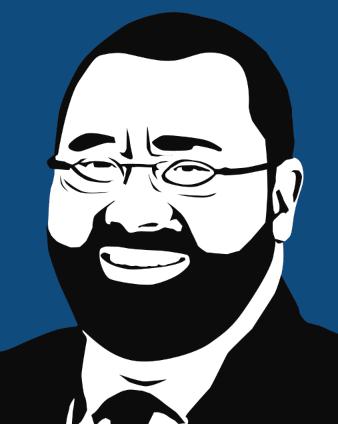Partner:
 Thank you to Pegasystems for underwriting CXOTALK.
Thank you to Pegasystems for underwriting CXOTALK.
This content was previously published on Fortune.com.
If you want to silence a room, pose this question: "Who owns the customer in our enterprise?"
It's a question our global clients are asking and answering. Customers have not just demanded a seat at the table, they have taken one. Enterprises are paying attention, because the consequences of inattention are real.
 Accenture estimates that $5.9 trillion of revenue is up for grabs as customers switch brands, often due to poor customer service.
Accenture estimates that $5.9 trillion of revenue is up for grabs as customers switch brands, often due to poor customer service.
Nearly 70% of U.S. consumers reported an unsatisfactory service interaction during the past 12 months, according to The Forrester WaveTM on customer service solutions for enterprises from Q2 2014.
Ninety-one percent of customers are frustrated that a single issue requires multiple contacts to resolve and 81% say the company could have done something to prevent them from switching brands. These are just some of the eye-opening findings from an Accenture Global Consumer Pulse Survey.
Beloved brands delivering the best customer experience have already changed their culture, processes and technologies to frame the world around the customer. They're carefully considering the end-to-end experience, beginning with order fulfillment and extending this consideration across channels, products and services.
A big first step is ensuring that customers have an advocate with vision, often, a company's CEO. Her vision then inspires other company leaders to get on board and deliver, helping execute plans into action. This idea aligns with a study from Accenture, which found that "the entire C-suite must be committed" to the customer-first approach in order to sustain its implementation and future business impact.
I have seen the role of my fellow CMOs expanding to include customer experience in the last several years. A new Chief Experience Officer or Chief Customer Officer role is emerging in many companies. The Chief Customer Officer Council, on a recent report tracking global trends in customer advocacy, cites approximately 450 executives worldwide with the CCO title or comparable authority and responsibilities under a different title.
With C-suite sponsorship and a customer advocate in a leadership role, organizations are more successful in adapting the culture, processes and technologies that drive evolved customer experiences. The goal is that customer demands drive the end state. Rather than incremental steps contained by current state — the limits of legacy processes or systems — the goal is an outside-in approach, designing business processes and customer experiences that deliver the best end state.
To do this, enterprises should rethink and reconfigure the workflow, business rules and technologies that must all work together to enable seamless customer experiences. More than ever, businesses and IT teams must work together to connect all customer touchpoints — marketing, sales and service — to enterprise operations.
Done well, the answer to the question of "who owns the customer in your enterprise?" won't be met with silence. The answer is "Everyone."
Presented By: Pegasystems
Aug 03, 2015
